Technology is gaining ground daily and transforming both our personal and professional life. Additionally, the market for cloud computing is expanding more quickly. The cloud computing industry is experiencing a number of exciting advances. Both the new and established corporate…

Datacenter fires, though relatively rare, can have catastrophic consequences. From endangering lives to causing millions in damages and prolonged downtime, these incidents underscore the importance of robust safety measures and disaster recovery plans. However, due to concerns about non-disclosure agreements (NDAs) and public relations (PR), many organizations are reluctant to share detailed reports about such incidents. This lack of transparency can hinder the industry’s ability to learn from past mistakes and implement preventive measures.
According to the Uptime Institute, high-profile data center outages caused by fires or fire suppression systems occurred between 2020 and early 2023. While fires account for a small percentage of data center incidents, their potential impact on business continuity and customer trust cannot be ignored.
Notable Data Center Fires: Key Takeaways
- Google Data Center Fire, Iowa (2022)
An arc flash in a substation near Google’s Council Bluffs data center caused an explosion, injuring three workers. Although unrelated to the simultaneous outage of Google’s maps and search services, the incident highlighted the risks associated with electrical infrastructure. - Evocative Data Center Fire, New Jersey (2023)
A fire in the UPS area of Evocative’s Secaucus facility required a full power shutdown. Fortunately, no injuries were reported, but the incident disrupted services for many New York metro area companies. - OVHcloud Data Center Fire, France (2021)
A catastrophic fire destroyed one of OVHcloud’s Strasbourg data centers and damaged another. The incident underscored the importance of compartmentalization and redundant infrastructure to limit fire spread and ensure service continuity. - SK Inc. C&C Fire, South Korea (2021)
A fire at SK C&C’s data center disrupted Kakao Corporation’s services for hours, exposing gaps in its disaster recovery plan. The incident led to establishing a recurrence prevention committee to address vulnerabilities. - Reliance Jio, India (2024)
Reliance, a large telecom company, Reliance Jio, had a significant network outage on Tuesday (September 17).
According to the outage monitoring website Downdetector, over 10,000 customers reported not receiving signals, experiencing issues with JioFiber, and accessing mobile internet.
Confirming the situation, a Jio representative told Reuters, “This morning, certain Jio users in Mumbai had trouble accessing smooth services due to minor technical difficulties. The issue has been rectified, and Jio’s seamless services are entirely restored. We apologize for the disruption to our subscribers.

Building Resilience: Preventing Data Center Fires
Datacenter fires can result from various causes, including arc flashes, faulty infrastructure, hardware failures, and human error. While some incidents are unavoidable, many can be prevented through proactive measures.
- Infrastructure Safety: Regular inspections, maintenance, and upgrades of electrical and mechanical systems are critical. Compartmentalization can help contain fires and prevent them from spreading.
- Compliance and Regulation: Stronger compliance standards, such as Colorado’s Federal Data Center Enhancement Act and Maryland’s Critical Infrastructure Streamlining Act, ensure infrastructure resilience.
- Disaster Recovery Plans: A well-defined disaster recovery plan, including risk assessment, redundant infrastructure, and backup power generators, can minimize downtime and protect data.
The Role of ESDS in Ensuring Business Continuity
At ESDS, we understand the importance of safeguarding your data and ensuring uninterrupted operations. Our state-of-the-art data centers are designed with resilience in mind, incorporating advanced fire suppression systems, redundant power supplies, and robust disaster recovery protocols. We also offer comprehensive disaster recovery as a service (DRaaS) to help businesses quickly restore operations during a catastrophic event.
Staying Ahead of the Curve
Disaster recovery plans are not static documents but living frameworks that must evolve with your business and technology. Krista Shepard of Cologix aptly said, “It’s important to periodically update and refine disaster recovery plans as your business and technology evolve and to adapt to changing environmental and weather conditions.”
At ESDS, we are committed to helping businesses stay ahead of the curve by providing cutting-edge solutions and expert guidance. Whether you want to enhance your data center’s resilience or develop a comprehensive disaster recovery plan, we’ve got you covered.
Conclusion
Datacenter fires may be rare, but their potential impact is too significant to ignore. By learning from past incidents, investing in infrastructure safety, and implementing robust disaster recovery plans, businesses can protect their operations, safeguard their customers’ trust, and ensure long-term success.
ESDS delivers secure, scalable, and resilient data center solutions tailored to your business needs. From disaster recovery as a service (DRaaS) to advanced fire suppression systems, our cutting-edge technologies ensure your data is always protected. Partner with ESDS to build a future-proof infrastructure that guarantees business continuity, no matter what challenges arise.
Contact us today to learn how we can help you stay ahead in an ever-evolving digital landscape.











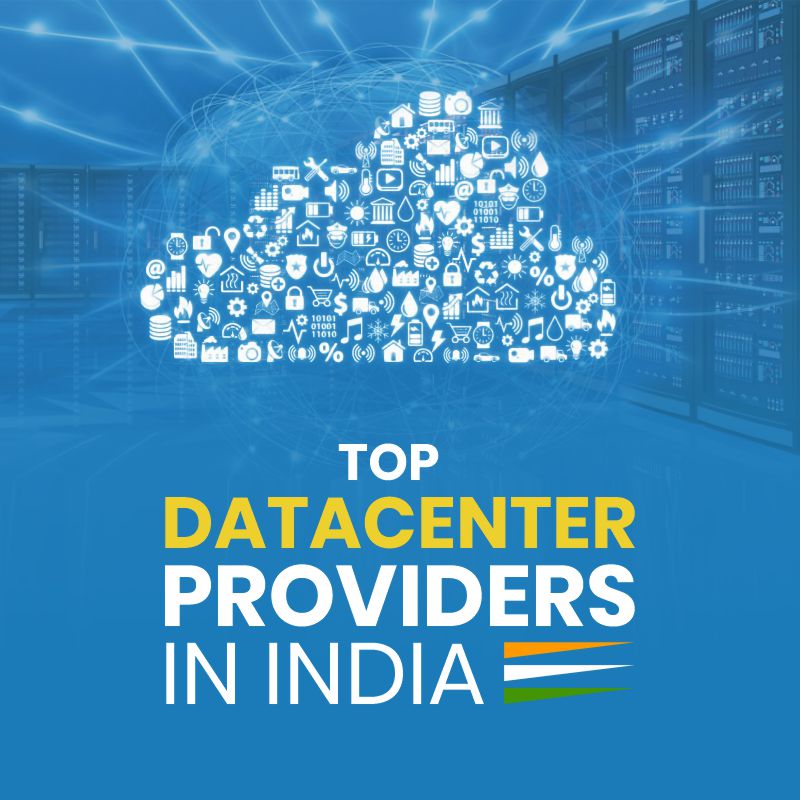
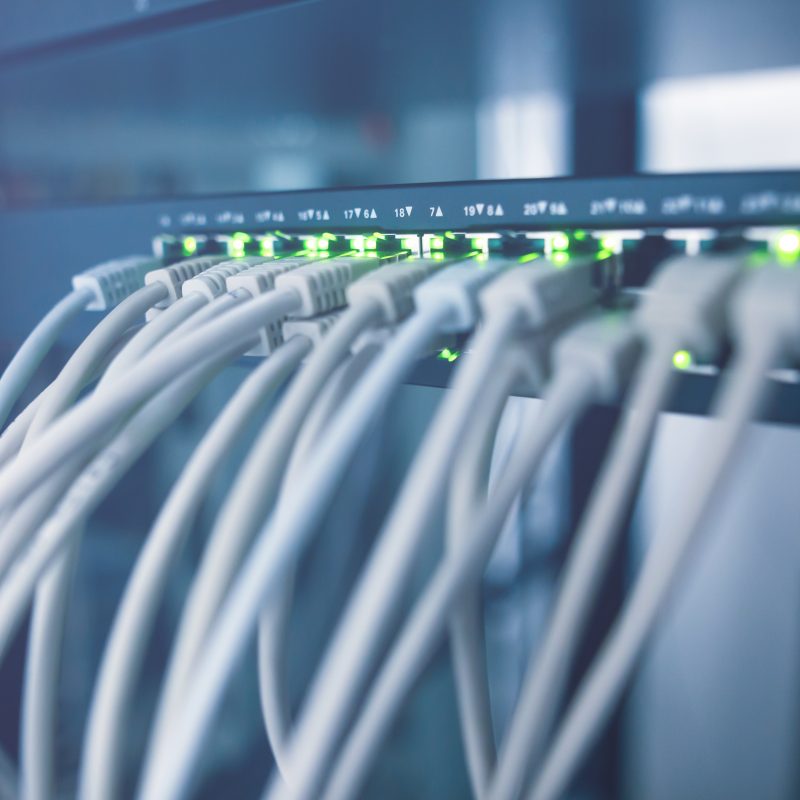

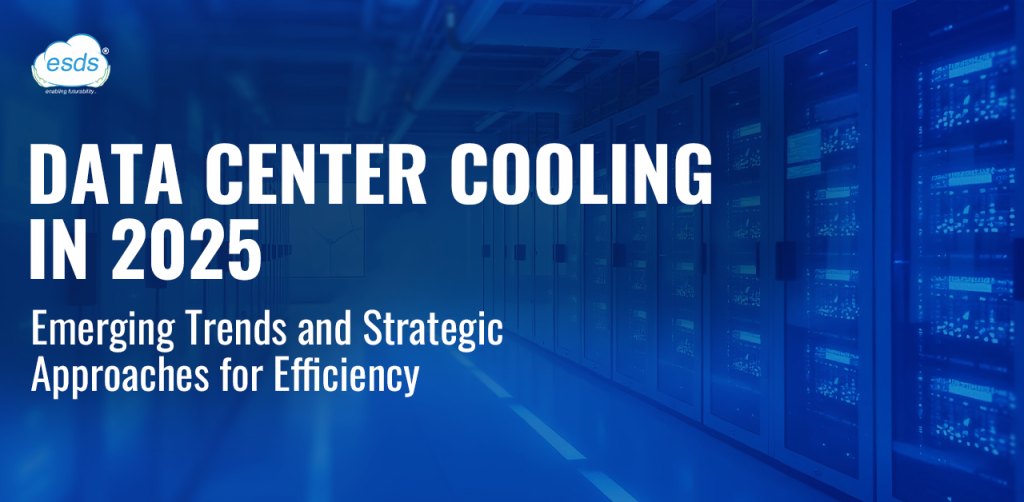
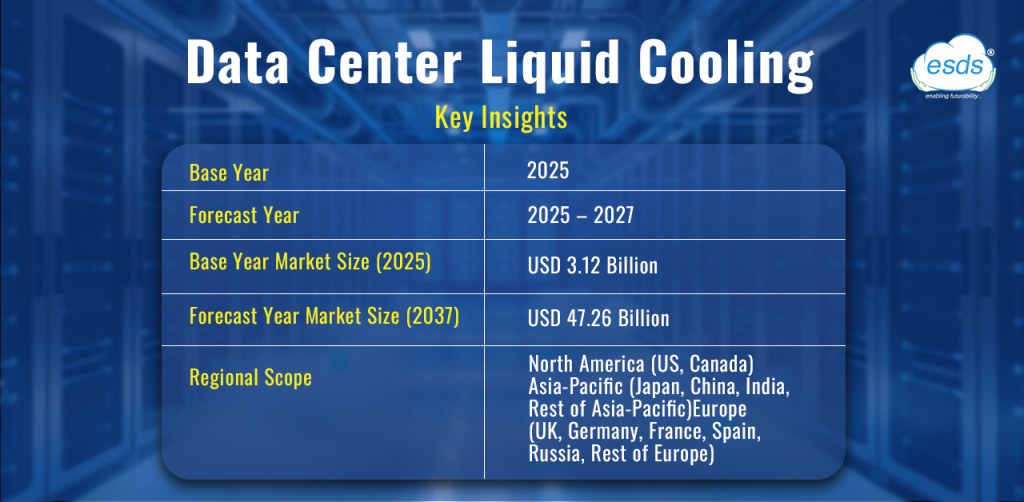
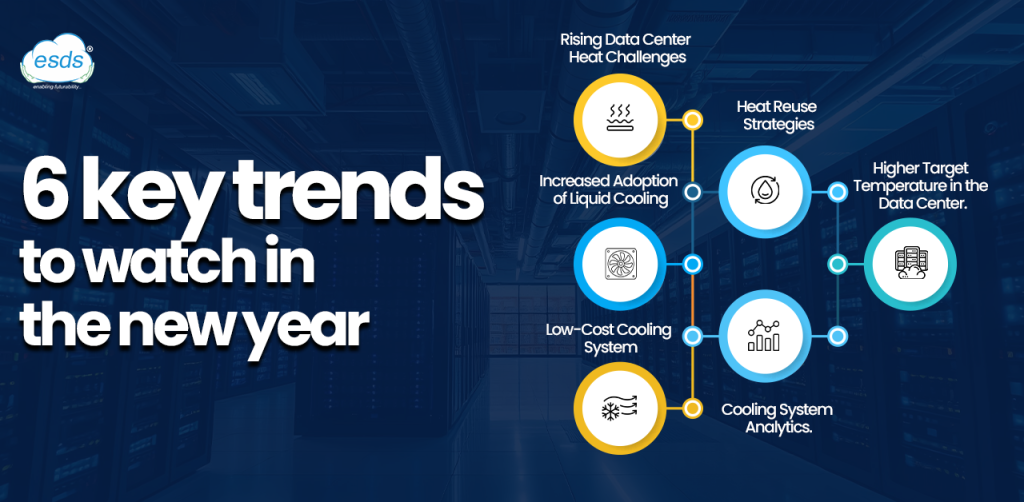
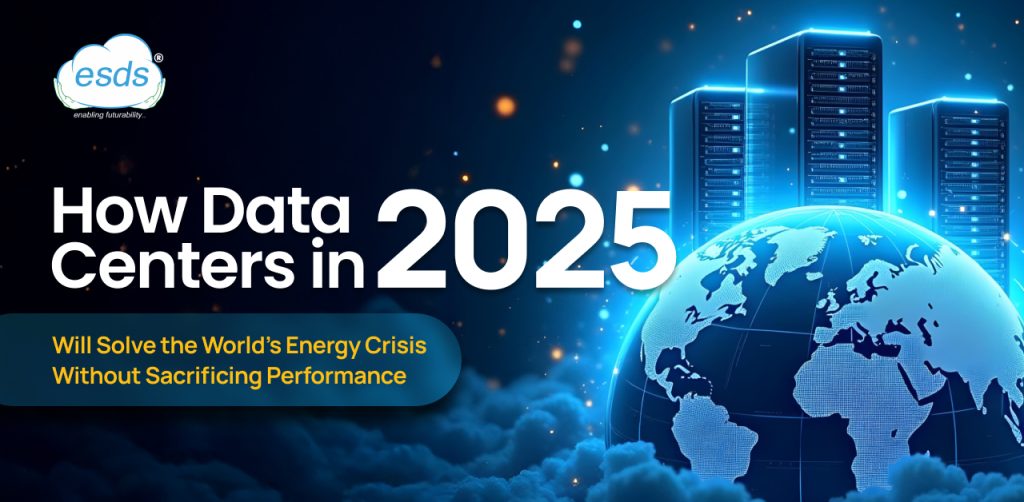





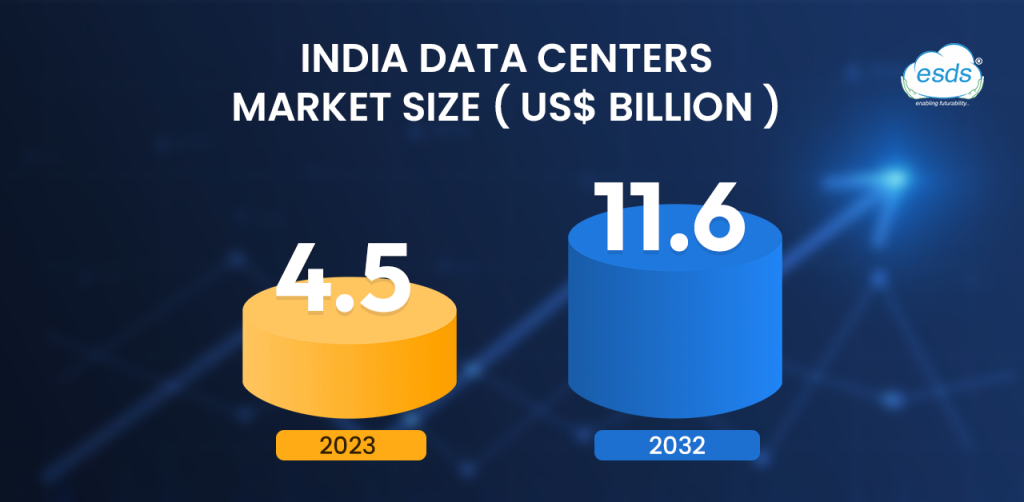
Recent Comments